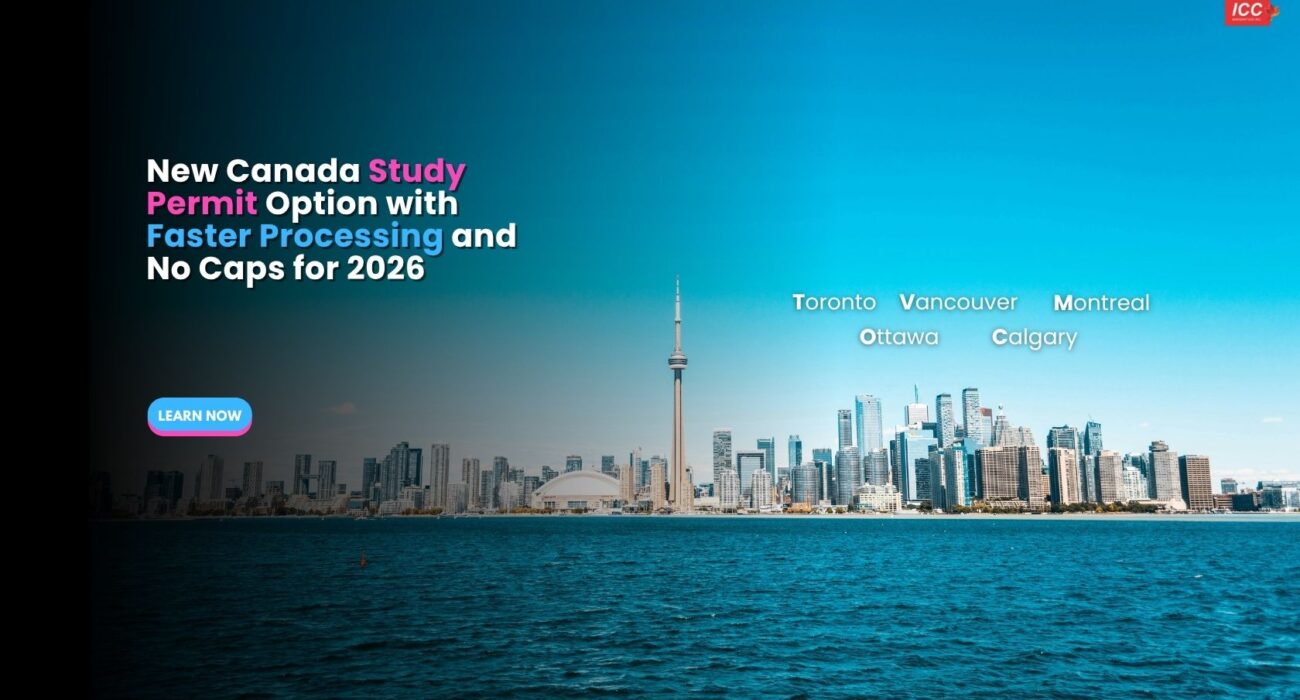Canada Shines in the 2026 World’s Best Cities Report
Canada continues to earn global recognition for its livability, diversity, and prosperity. According to the 2026 World’s Best Cities Report by Resonance Consultancy, five Canadian cities have made it to the list of the Top 100 cities in the world to live, visit, and invest in.
The Canadian cities and their rankings are:
-
Toronto — 17th
-
Vancouver — 41st
-
Montreal — 46th
-
Ottawa — 73rd
-
Calgary — 85th
This ranking, backed by data-driven analysis, measures each city’s “Place Power” — a score based on Livability, Lovability, and Prosperity. It combines hard data with online sentiment from platforms such as Google, Instagram, and TikTok to create a comprehensive view of what makes a city stand out.
Why Canadian Cities Excel Globally
Canada’s strong performance in the global rankings reflects its balance of economic opportunity, social inclusivity, and high quality of life.
-
Toronto, ranked 17th, remains one of the world’s top multicultural hubs and a “gateway for global immigration.” With over half of its residents born abroad, it continues to attract skilled workers, entrepreneurs, and students from across the world.
-
Vancouver earns praise for its exceptional air quality, top universities, and smart urban design, making it a magnet for global talent.
-
Montreal, at 46th, is highlighted for its innovation culture and pedestrian-friendly transformation — a city embracing modernity while preserving charm.
-
Ottawa, the nation’s capital, ranks 73rd for its rapid reinvention and rising tech scene, reflecting Canada’s strong immigration-driven growth.
-
Calgary, in 85th place, stands out for its young demographics, affordability, and expanding creative economy.
Immigration: The Driving Force Behind Canada’s Growth
The 2026 World’s Best Cities Report also underscores the impact of immigration on Canada’s success story. Toronto is described as “Canada’s sensible gateway for immigration,” and Ottawa as a city where “a quarter of residents are born abroad.”
This aligns perfectly with Canada’s newly announced Immigration Levels Plan 2026–2028, which sets ambitious targets to welcome 380,000 new permanent residents in 2026. Of these, 64% will come through economic immigration programs such as Express Entry and Provincial Nominee Programs (PNPs).
Additionally, provincial immigration quotas have been increased by 66% compared to previous years, giving regions like Ontario, Alberta, and British Columbia greater flexibility to attract skilled workers that match their labour market needs.
Pathways to Canadian Permanent Residency (PR)
Canada offers multiple pathways for immigrants to secure Permanent Residency — the most popular being Express Entry, which manages three federal programs:
-
Federal Skilled Worker Program (FSWP)
-
Canadian Experience Class (CEC)
-
Federal Skilled Trades Program (FSTP)
Applicants are assessed using the Comprehensive Ranking System (CRS), which awards points for factors such as education, work experience, language proficiency, and adaptability. Candidates with higher CRS scores receive an Invitation to Apply (ITA) for PR during IRCC’s regular draws.
For those who don’t initially qualify through Express Entry, Provincial Nominee Programs (PNPs) like the Ontario Immigrant Nominee Program (OINP) offer alternative pathways by targeting individuals with specific skills and experience in demand in each province.
Why Canada Remains a Top Choice for Immigrants
From career growth to family life, Canada’s global reputation is built on a strong foundation of safety, equality, and opportunity. With cities like Toronto and Vancouver continuously ranked among the world’s most desirable places to live, newcomers find not just jobs but a true sense of belonging.
The country’s education system, universal healthcare, and cultural diversity make it one of the most welcoming nations for skilled professionals, international students, and families.




